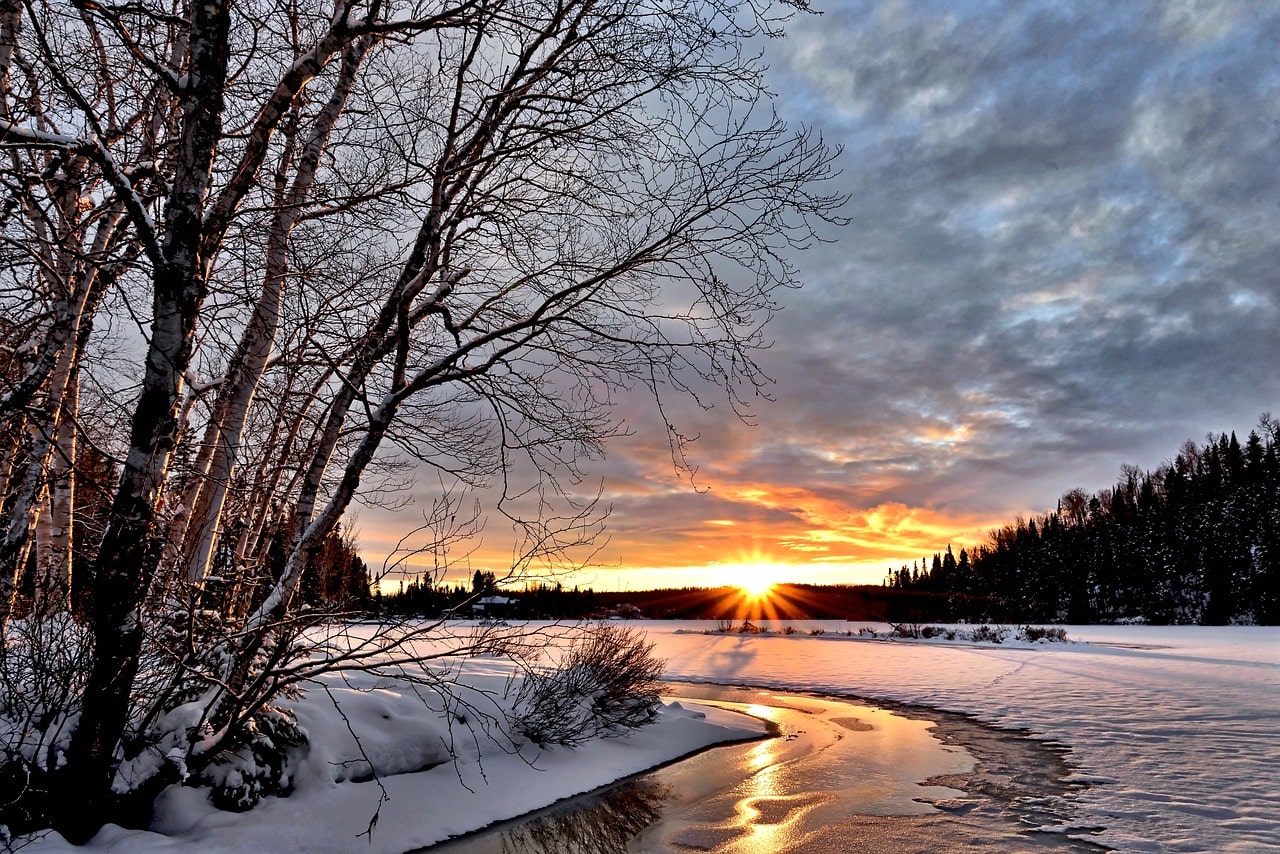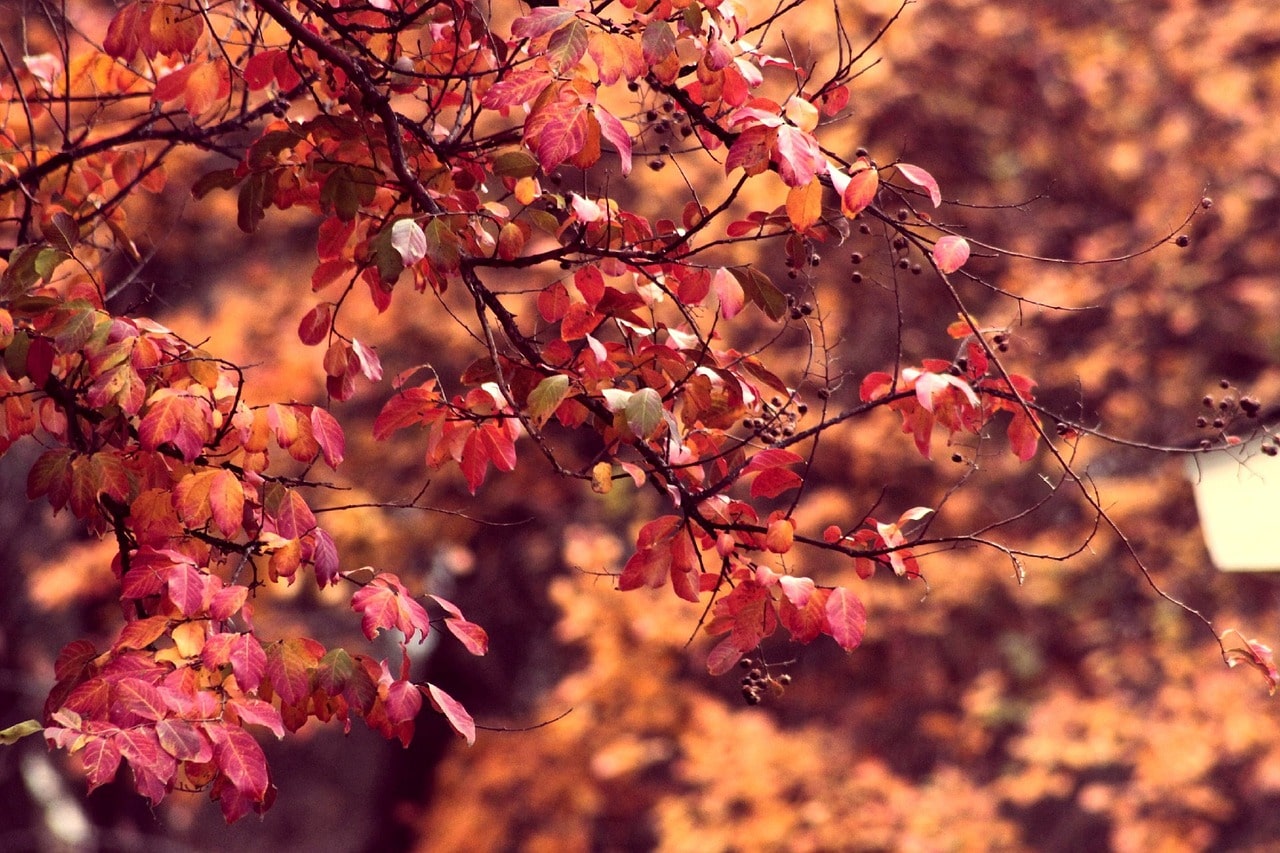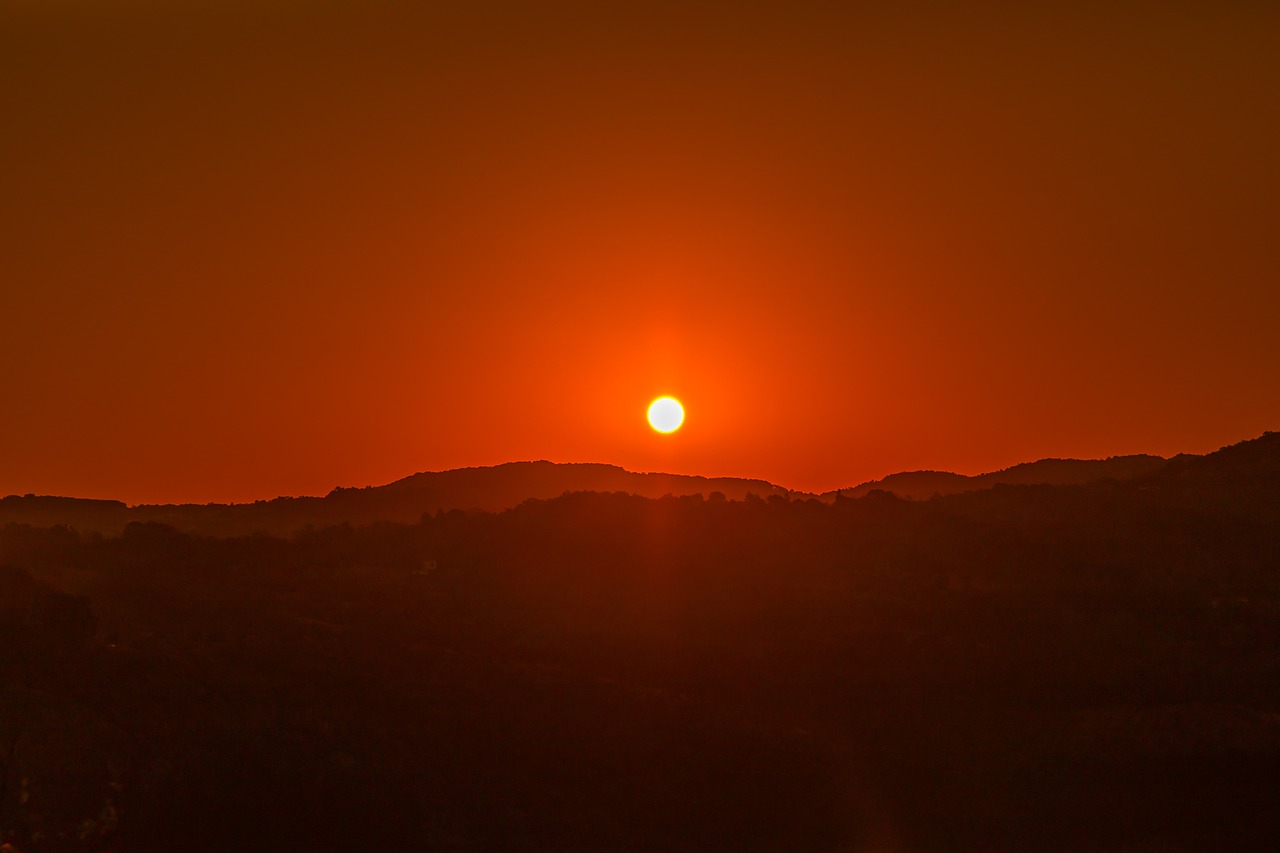December Solstice: Shortest & Longest Day
There are two solstices: the June Solstice, which signifies the year's longest day, and the December Solstice, which denotes the shortest day of the year in the Northern Hemisphere.

The December Solstice, known as the Winter Solstice in the Northern Hemisphere and the Summer Solstice in the Southern Hemisphere, is a significant astronomical event. It signifies the shortest day of the year in one hemisphere and the longest day in the other.
What is the December Solstice?
The December Solstice occurs when the Earth's South Pole is tilted closest to the Sun. This event happens around December 21 each year. The word "solstice" is derived from the Latin terms "sol" (sun) and "sistere" (to stand still), reflecting the way the Sun seems to halt its movement before changing direction.
Why Does the December Solstice Happen?
The Earth orbits the Sun with its axis tilted at approximately 23.5 degrees. This tilt leads to varying amounts of sunlight across different regions throughout the year. During the December Solstice, the South Pole is tilted towards the Sun, resulting in extended daylight hours in the Southern Hemisphere and shorter days in the Northern Hemisphere.
The Shortest and Longest Days
In the Northern Hemisphere, the December Solstice signifies the shortest day of the year. Areas near the North Pole, such as Norway and Alaska, experience the longest night and reduced daylight hours. Conversely, the Southern Hemisphere enjoys its longest day and shortest night, with regions like New Zealand and parts of Argentina benefiting from extended daylight.
Cultural Significance and Celebrations
The December Solstice has been celebrated for centuries in various cultures. In ancient times, it was a day of immense significance, often linked to the cycle of nature and the Sun's rebirth.
- Yule, Northern Europe: This ancient festival, celebrated by pagans, marks the rebirth of the Sun God. It involves feasting, burning a Yule log, and other rituals.
- Dongzhi, China: This festival marks the arrival of winter and the return of longer days. Families gather to enjoy special foods like tangyuan (glutinous rice balls).
- Inti Raymi, Peru: This Incan festival honors the Sun God Inti. It includes traditional music, dances, and rituals, particularly in Cusco.
- Soyal, Hopi Tribe, USA: This is a time of purification and renewal. The Hopi people celebrate with ceremonies and rituals to welcome the Sun's return.
Scientific Observations
The December Solstice is also essential for scientists. It helps understand Earth's tilt and orbit, which is crucial for climate studies and predicting seasonal changes. Astronomers and meteorologists often observe this event to gather data on daylight patterns and their environmental effects.
Impact on Nature
The solstice influences natural phenomena. Plants and animals respond to the change in daylight. In the Southern Hemisphere, it marks the start of summer, triggering blooming in many plants and the breeding season for numerous animals. Conversely, in the Northern Hemisphere, it signals the beginning of winter.
Modern Day Significance
Today, the December Solstice reminds us of our planet's unique position in the solar system. It connects us to ancient traditions and highlights the cyclical nature of time. Many still celebrate it by spending time outdoors, enjoying the extended daylight, and appreciating nature's beauty.



